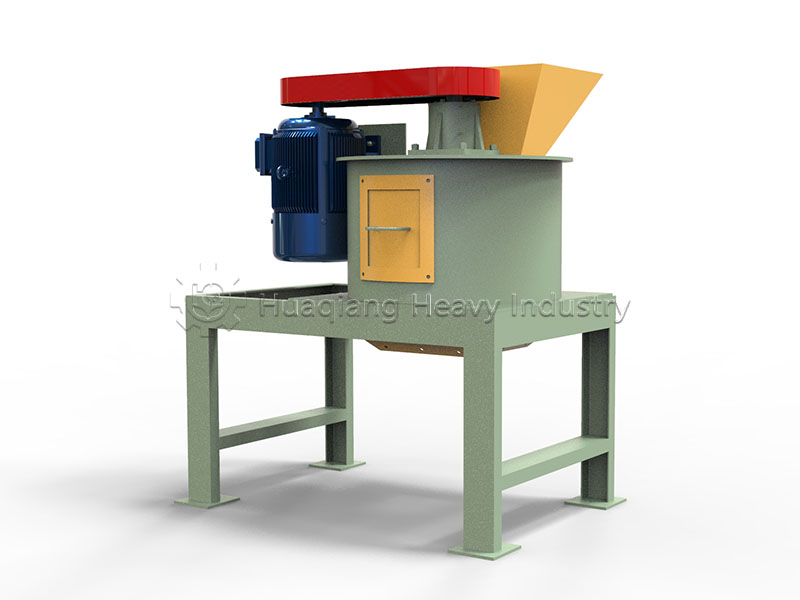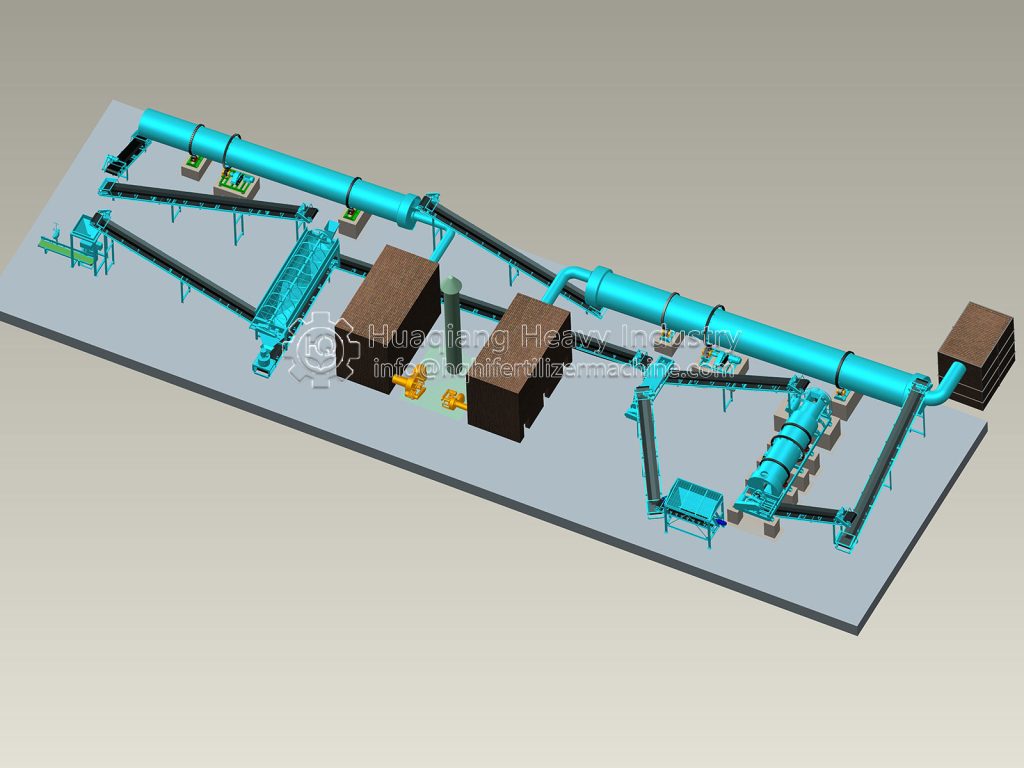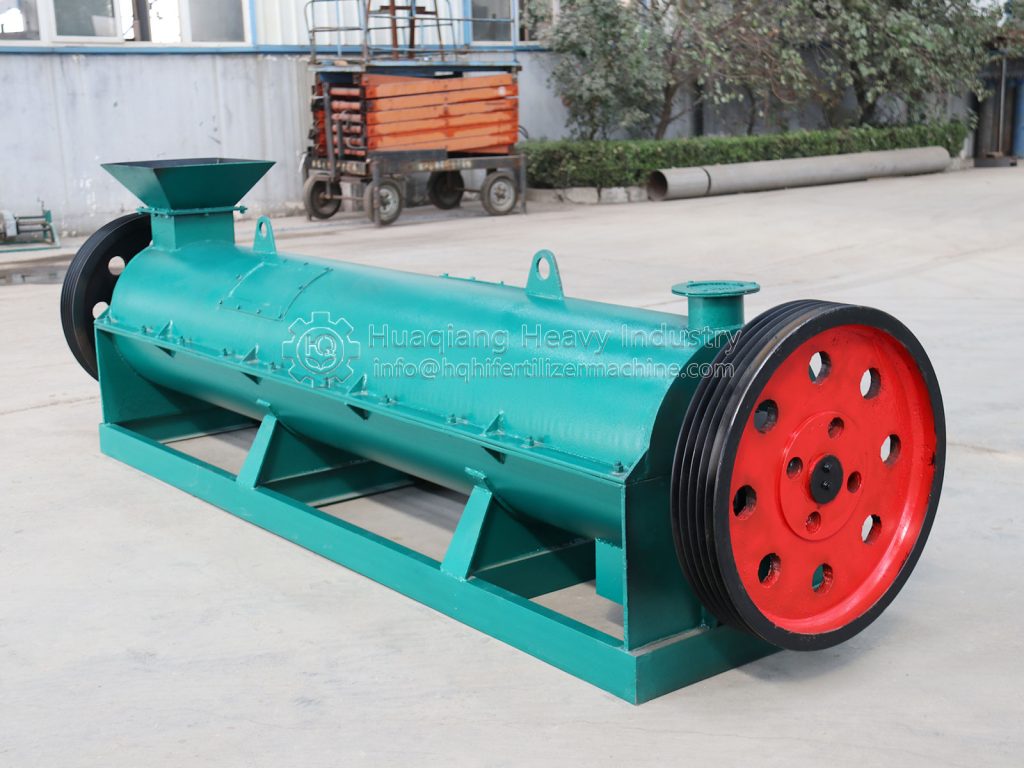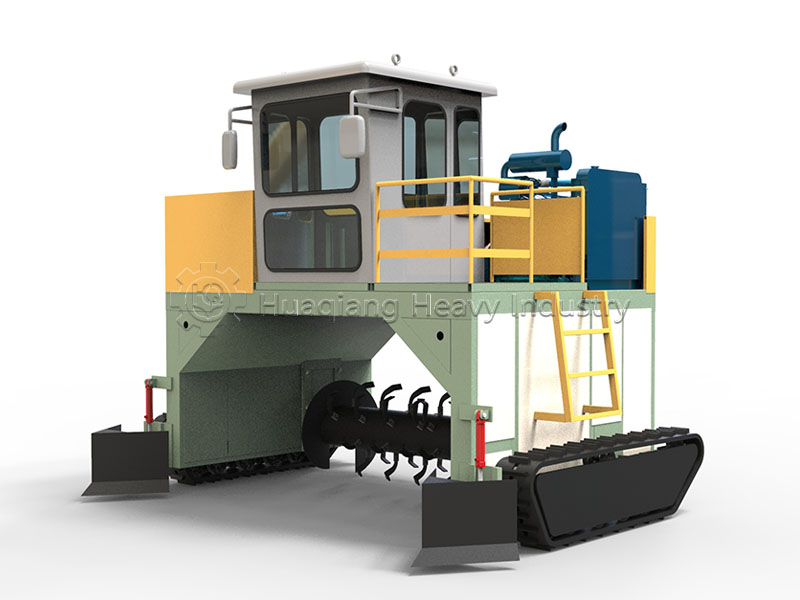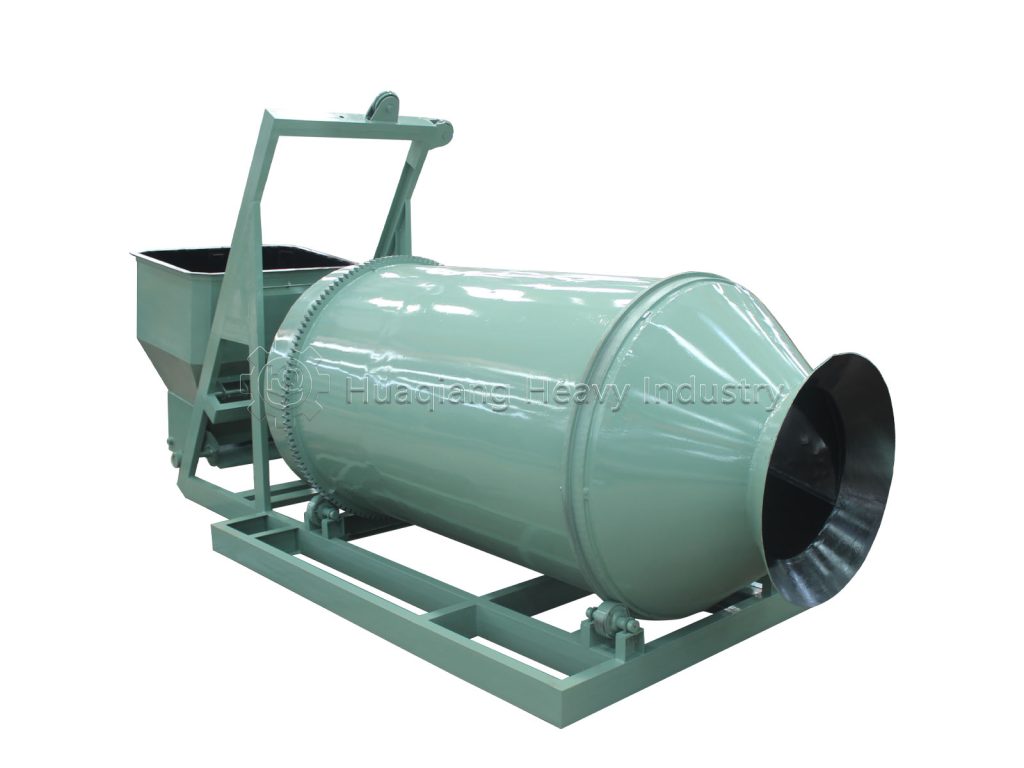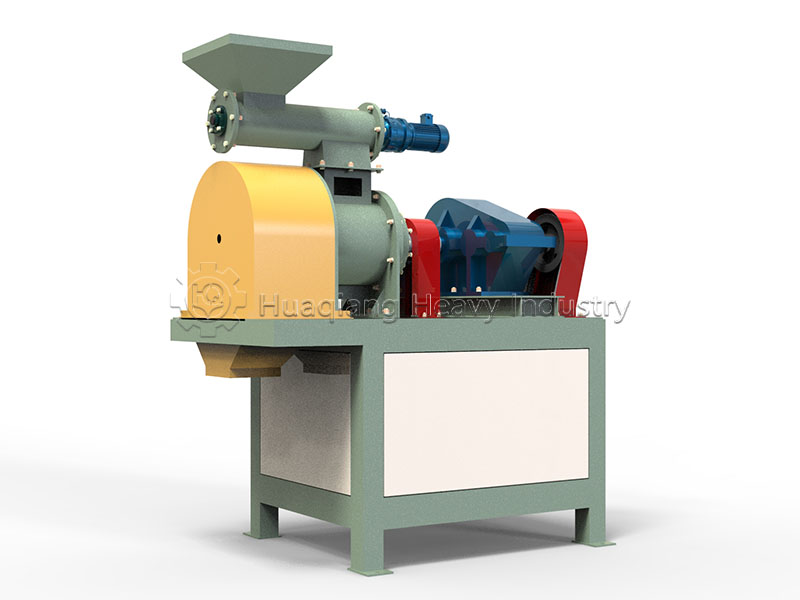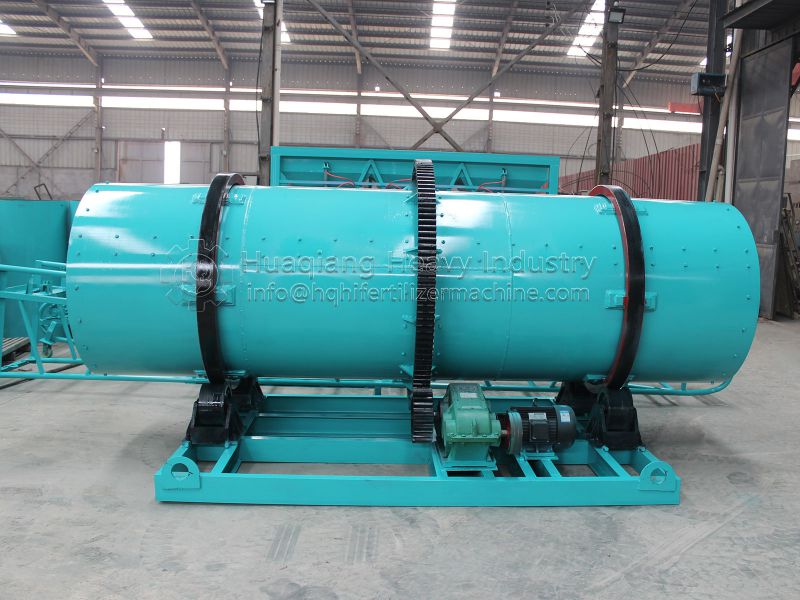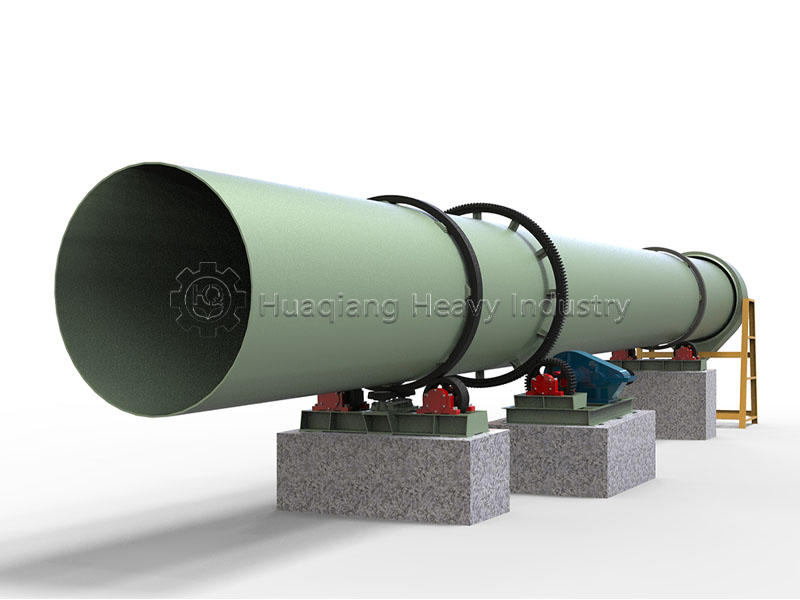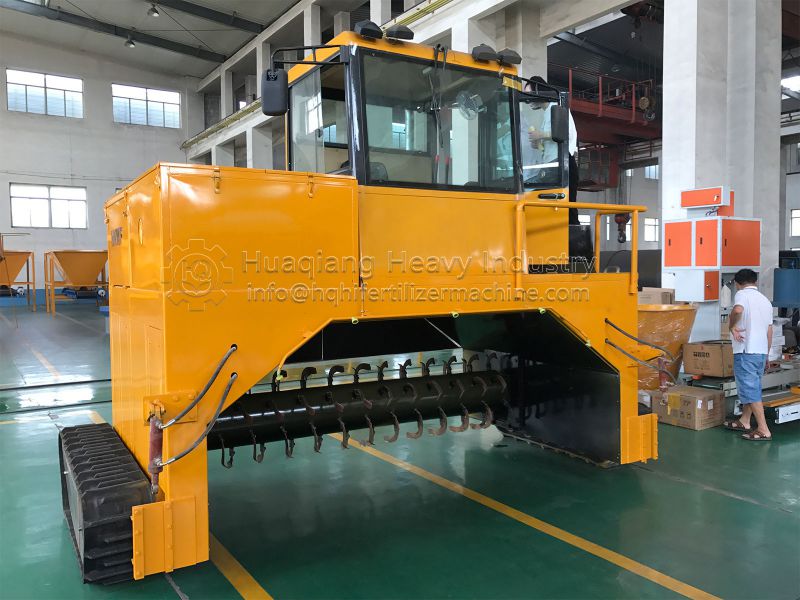Electricity costs can account for 15%-20% of fertilizer production costs. As a high-energy-consuming component, controlling the energy consumption of pulverizing equipment directly impacts a company’s cost-saving efforts. Many companies overlook the potential for energy optimization in horizontal crushers. In fact, through structural and operational logic design, these pulverizers can be a reliable tool for reducing energy consumption.
1.Load Adaptation of Variable Frequency Motors
Traditional pulverizing equipment often uses fixed-speed motors, operating at full capacity regardless of the hardness or moisture content of the raw material. This results in a “big horse pulling a small cart” pattern of energy waste. Horizontal crushers equipped with variable frequency motors, however, can adjust their speed based on raw material characteristics, reducing motor energy consumption by an average of 15%-20%.
2.Resistance Optimization of Blade Structure
The optimized horizontal crusher reduces air resistance. The staggered blade arrangement allows the material to enter the shear zone more smoothly, avoiding ineffective impacts. This allows more electrical energy to be converted into crushing kinetic energy rather than resistance losses, reducing energy consumption by an additional 8%-10%.
3.Load balancing reduces energy consumption fluctuations
Uneven feeding of the crusher can cause the motor load to fluctuate (a sudden surge in current during an overload), increasing overall energy consumption over time. A horizontal crusher can be equipped with an “intelligent feed controller” that monitors the motor’s load current in real time and automatically adjusts the feed speed to avoid additional energy consumption caused by load fluctuations.
